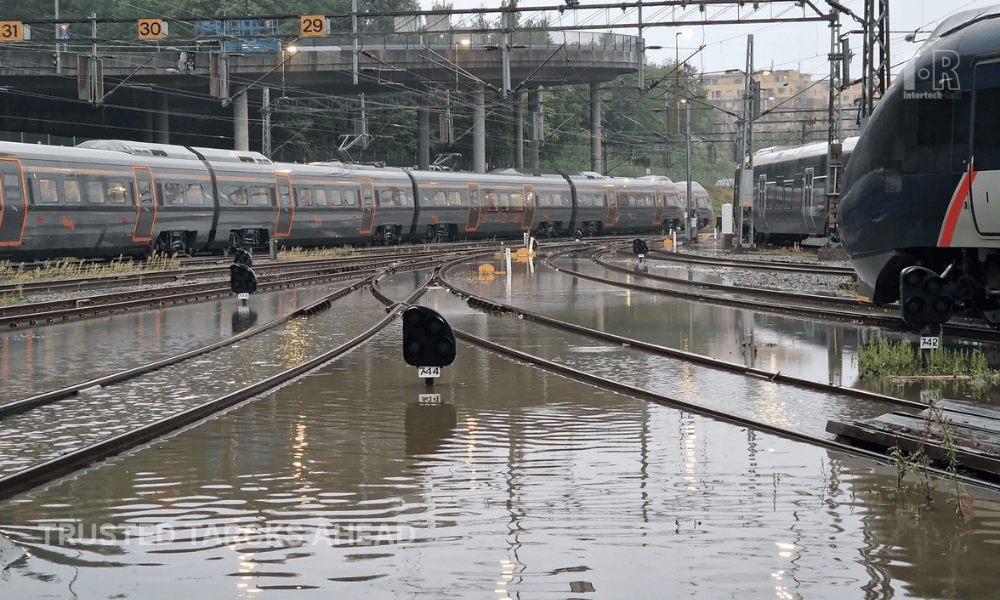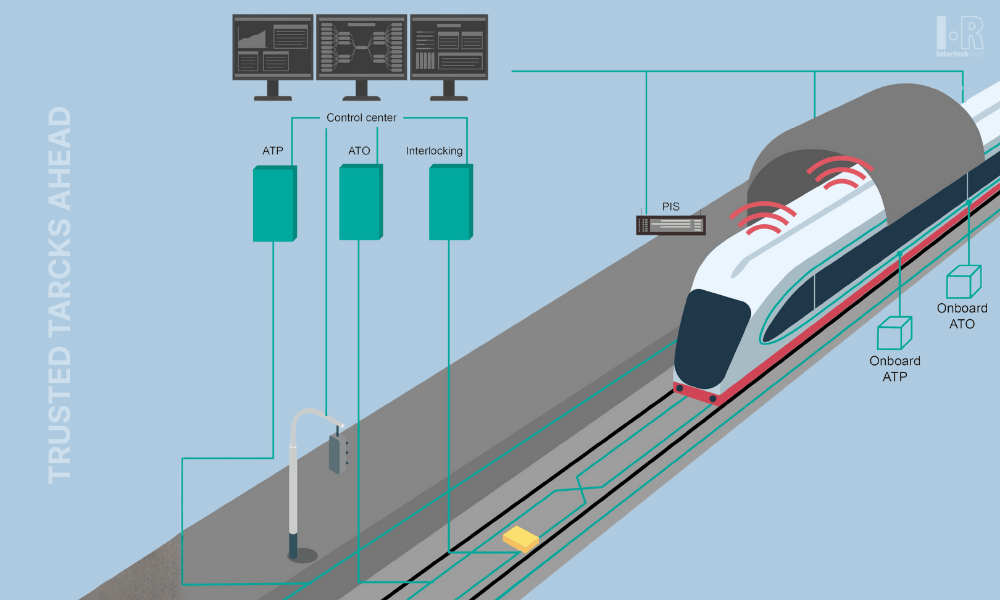AI (Artificial Intelligence) in RAIL APPLICATIONS

Artificial intelligence (AI) and machine learning are rapidly transforming a variety of industries, and the
rail yard management sector is no exception. The
application of AI and machine learning in this field, often referred to as AI-Enabled Infrastructure can significantly improve rail yard operations and help companies achieve new levels of efficiency and cost-effectiveness.
Optimization of Train Routing and Scheduling
One of the most significant benefits of AI in rail yard management is the ability to optimize train routing and scheduling. AI algorithms can analyze vast amounts of data, such as train schedules, train lengths, and yard configurations, to determine the most efficient routes for trains to take. This can reduce delays and improve the overall flow of trains through the yard, leading to increased productivity and lower operating costs.
Another key area where AI can have a significant impact is in the management of railcars. AI algorithms can monitor the movement of railcars within the yard, track their location and status, and predict when maintenance or repairs will be needed. This information can be used to plan maintenance activities and allocate resources more efficiently, reducing downtime and maintenance costs.
Enhanced Safety and Environmental Sustainability in Rail Yard Management
AI can also be used to improve safety in rail yards. For example, AI algorithms can detect potential safety hazards, such as trains or railcars in unsafe positions, and alert yard workers to take corrective action. Additionally, AI can be used to monitor the behavior of yard workers, ensuring that they follow safe operating procedures and identify areas where additional training may be required.
Another important benefit of AI in rail yard management is the ability to monitor and improve environmental sustainability. AI algorithms can monitor energy usage and emissions in real-time, allowing companies to identify areas where improvements can be made. This can lead to lower energy costs, reduced emissions, and a more sustainable rail yard operation.
Finally, AI can be used to improve communication and collaboration within rail yard management teams. For example, AI algorithms can provide real-time updates on train and railcar movements, enabling yard workers to respond quickly to changing conditions and make informed decisions. Additionally, AI can be used to automate routine tasks, freeing up workers' time to focus on more critical tasks.
Improved Communication and Collaboration in Rail Yard Management
The application of AEI in rail yard management can deliver numerous benefits, including improved train routing and scheduling, more efficient railcar management, enhanced safety, improved environmental sustainability, and improved communication and collaboration. As the technology continues to evolve, it is likely that even more opportunities to improve rail yard operations will emerge, helping companies achieve new levels of efficiency and cost-effectiveness.




